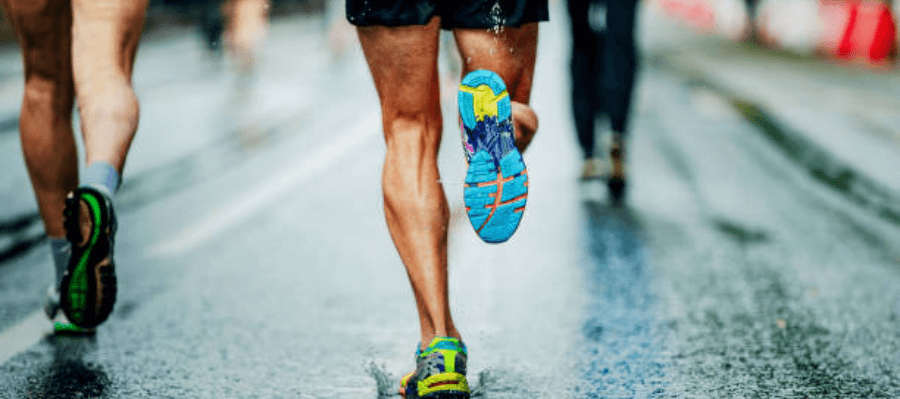

TGS distribution was shifted toward higher TGS in the top 10% of athletes, though the mean TGS was not significantly different (p = 0.164) and not significantly associated with PT even when adjusted for age, sex, and origin. Individual genotypes were combined into a total genotype score (TGS) TGS distribution ranged from 28.6 to 92.9, concordant with prior studies in endurance athletes (mean±SD: 60.75☑2.95). Only the AMPD1 endurance-optimal Gln allele was found to be significantly associated with an improvement in PT (model p = 5.79 x 10 −17, AMPD1 genotype p = 0.01). Age, sex, and continent of origin had a significant influence on PT and were adjusted for. Mean performance time (PT) was not significantly different in individual marker analysis. To investigate this model’s utility for elite triathletes, we genotyped seven polymorphisms previously associated with an endurance polygenic profile ( ACE Ins/Del, ACTN3 Arg577Ter, AMPD1 Gln12Ter, CKMM 1170bp/985+185bp, HFE His63Asp, GDF8 Lys153Arg and PPARGC1A Gly482Ser) in a cohort of 196 elite athletes who participated in the 2008 Kona Ironman championship triathlon.


Polygenic profiling has been proposed for elite endurance performance, using an additive model determining the proportion of optimal alleles in endurance athletes.


 0 kommentar(er)
0 kommentar(er)
